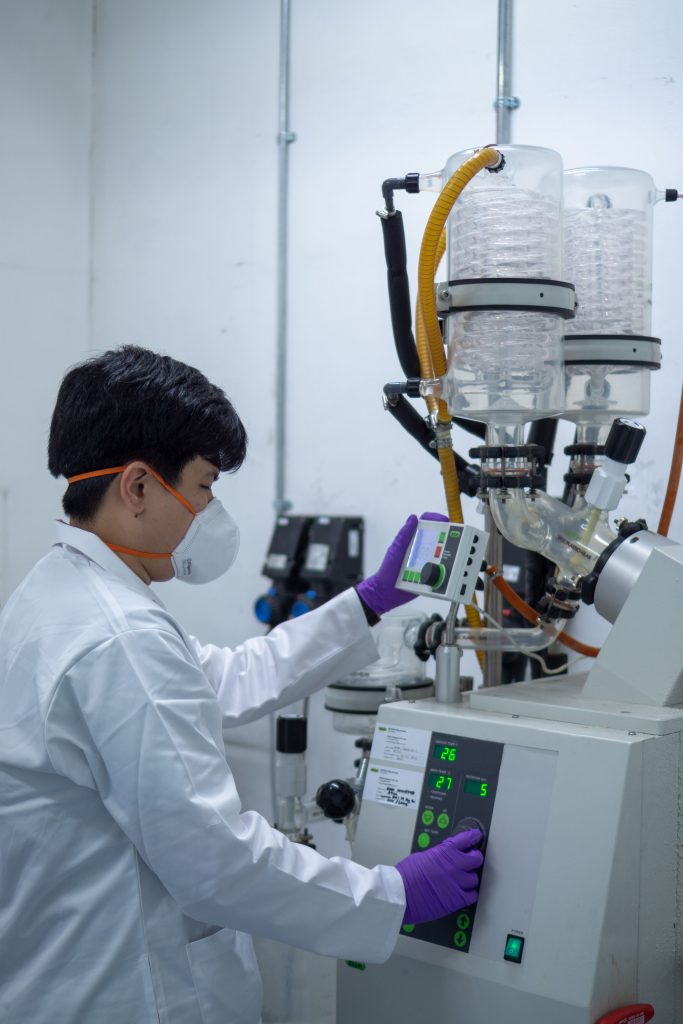Reactive materials are a class of advanced energetic materials currently being investigated as a means to increase the performance of warheads. Reactive materials are solids that stay inert but are capable of releasing large amount of energy very rapidly if subjected to a sufficiently strong impact, thermal, shock, or laser stimuli.
Energy generated by reactive materials can exceed those of traditional explosives, potentially offering enhanced performance without compromising on size or weight. These materials could be metal alloys, thermites, intermetallic compounds, metal-polymer composites, metastable intermolecular composites, etc.

Testing of reactive materials
One aspect of ATREC’s research efforts is to develop the next generation of reactive materials that are safer to handle and yet allow quick release of energy when required. Some of our novel reactive materials are designed and processed using sol-gel method, gas atomiser, and high energy miller.
Another R&D thrust is to develop new energetic materials with high performance and low sensitivity. Over the years, ATREC’s synthesis chemists have developed the capability to synthesise and scale up new energetic materials, from milligrams to kilograms, following stringent safety protocols. Characterisation instruments, such as the reaction calorimeter which measures the heat released or absorbed during a chemical reaction, are used to assess the safety of the synthesis process.

Scale up processing of energetic materials



